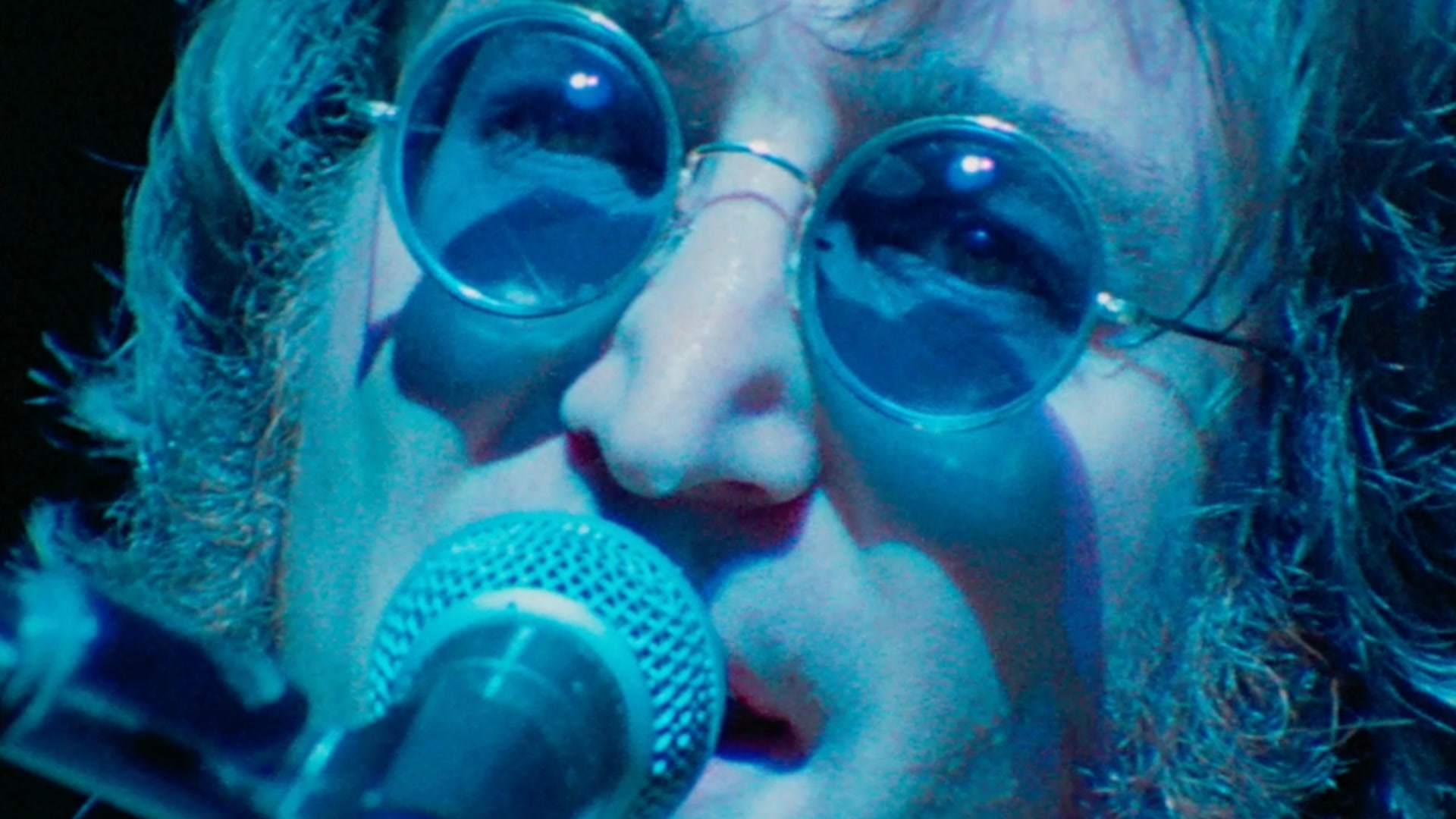One of the most obvious parts of the film-going experience is the presentation of images given to the audience. Many components contribute to the scare factor in a horror film. Elements like sound, acting, tension, and so forth. Sometimes, it is simply the visual of a setting so disturbing that it forces the audience to cover their eyes in fear. The effect can be dizzying in its complexity or awe-inspiring in its simplicity. The following list recounts ten more chilling settings in horror that remain with the audience long after the viewer has closed their eyes. Make sure to check out the first installment of this feature right here!
Jerry Dandrige’s House in Fright Night
Tom Holland’s tongue-in-cheek love letter to horror audiences remains beloved to this day. Fright Night is an early attempt to bring Gothic horror to a contemporary audience. The centerpiece of this classic flick is the house belonging to vampire, Jerry Dandrige (Chris Sarandon). The large structure is emerged in one cliché after another, ranging from enveloping fog to candelabras dripping wax. Despite playfully utilizing tired themes, viewers are reminded as to why the chilling settings in Gothic horror work so well.
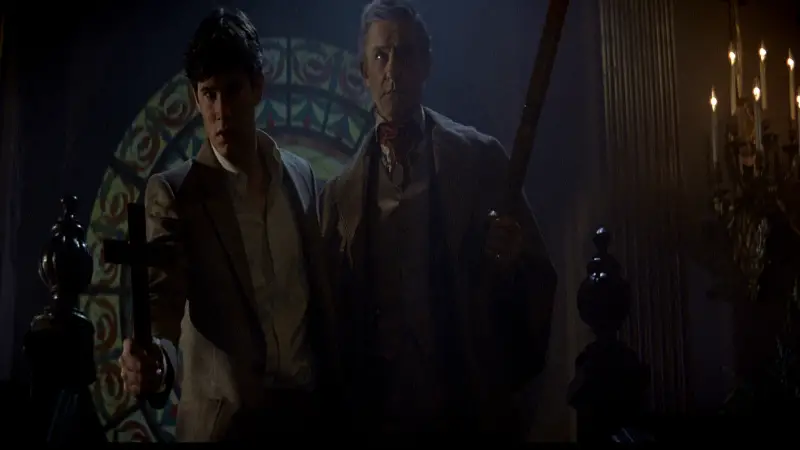
The Attic Apartment in Quarantine
This 2008 found footage film is a remake of the previous year’s Spanish-language feature, REC. Like its predecessor, Quarantine centers on a reporter (Jennifer Carpenter) becoming stuck in an apartment building with infected residents. As this flick spirals to a terrifying conclusion, Carpenter’s character reaches the attic apartment of one resident in particular. She makes one horrifying discovery after another in this setting that leaves the audience wide-eyed. Cleverly shrouded in darkness, the tiny glimpses revealed to the viewer make the attic apartment in this film rank among the most chilling settings in horror.
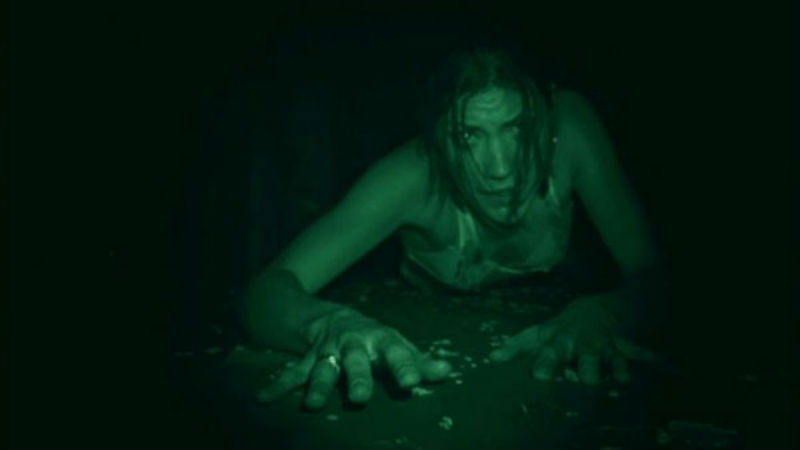
The Firefly Home in House of 1000 Corpses
Rob Zombie tends to be hit-or-miss with audiences. This 2003 exploitation horror film is Zombie’s directorial debut and encompasses both the positives and negatives of his work. The lab of Dr. Satan (Walter Phelan) is the kind of setting Zombie does well. Particularly, for fans that enjoy the grotesque. Denise (Erin Daniels) comes across his laboratory during her experience from hell. She realizes only too well that the doctor’s legend is true and her escape is only temporary.
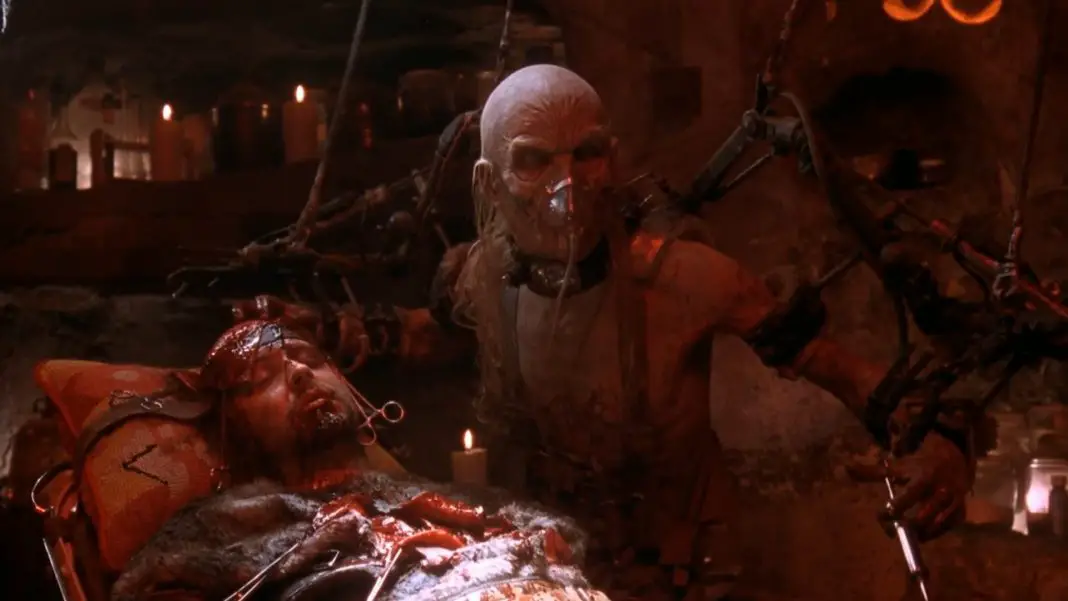
All the Settings in Alien
Ridley Scott’s visual style is on full display in the first film in the Alien franchise. Each of the chilling settings in this 1979 classic have something special to mesmerize the viewer. For example, the sequence in the air duct contains a successful jump-scare. The viewer’s pulse also races as Kane (John Hurt) strolls through the egg-chamber. Yet, the sequence with the most chills belongs to the Space Jockey and his control room. Audiences watched as part of the Nostromo’s crew came upon the mysterious derelict spaceship. As the crew reach the chamber room, there is a shift in the film’s tone. H.R. Giger’s unique design of the interior is unsettling. The condition of the Space Jockey foreshadows events to come. The dreamlike quality shown previously is at this point dissolving into a nightmare for the rest of the film.
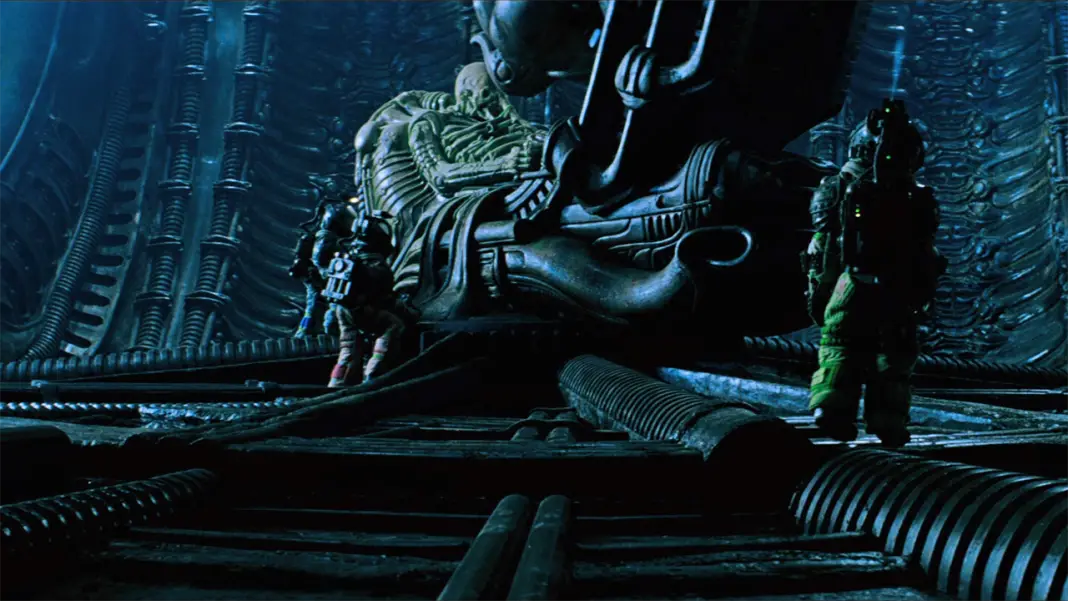
Annie Wilkes’ Home in Misery
Stephen King is the master of taking a mundane locale and turning it into a genuinely chilling setting. For example, the home of Annie Wilkes (Kathy Bates) initially appears quaint and even inviting. Unfortunately, romance novelist Paul Sheldon (James Caan) quickly finds out that his simple room is a prison. With his broken body and limited resources, the door at the other end of his bed might as well be a thousand-miles away. The author’s only chance at survival is writing a new novel for his self-proclaimed number one fan. Until then, he must endure mental and physical tortures of which he could never have imagined.
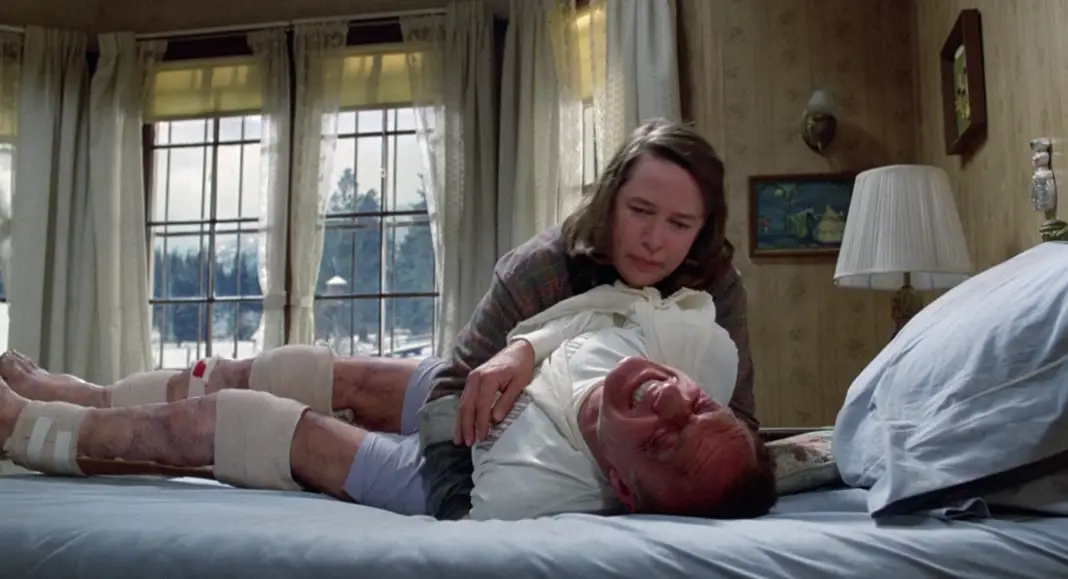
The Apartment Complex in Inferno
Dario Argento’s sequel to Suspiria does not contain the same level of shock as the first film in the Three Mothers trilogy. Nevertheless, Inferno does continue the visual style for which the director is well-known. One such moment follows tenant Rose Elliot (Irene Miracle) as she searches for clues in the cellar of her building. Eventually, she comes upon a small hole in the ground that leads down to a mysteriously flooded ballroom. Rose accidentally drops her keys into the water and, to the audience’s dismay, decides to dip into the unnatural pool to retrieve them. Argento excels at these divisive moments. The audience becomes torn between the need to know what is down there and screaming at Rose not to enter. The entire apartment building is dripping with ambiance and serves to make the film quite chilling.
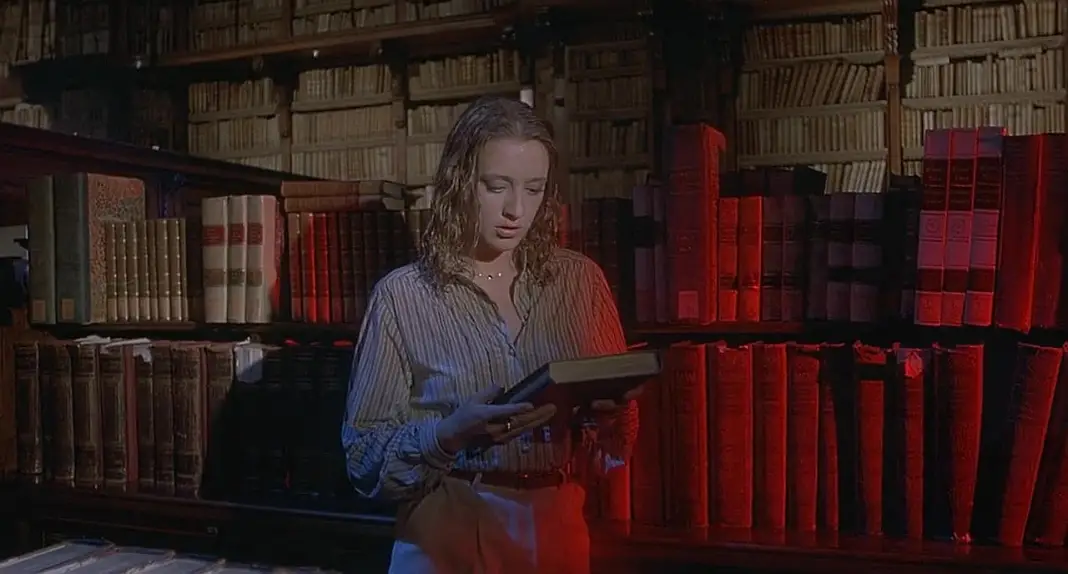
Pennywise’s Lair in It
The nostalgic feeling of the 1980s is accurately encapsulated and enriches the story of seven kids banding together to fight a shape-shifting clown (Bill Skarsgård). There are several chilling settings in this feature that help scare the audience; however, the lair of Pennywise is the setting that brings the coldest chill. The ominous warning of eternally floating is realized with horrific results. The risk to the main characters is heightened and, as a result, this image helps to visualize the supernatural odds they must ultimately face.
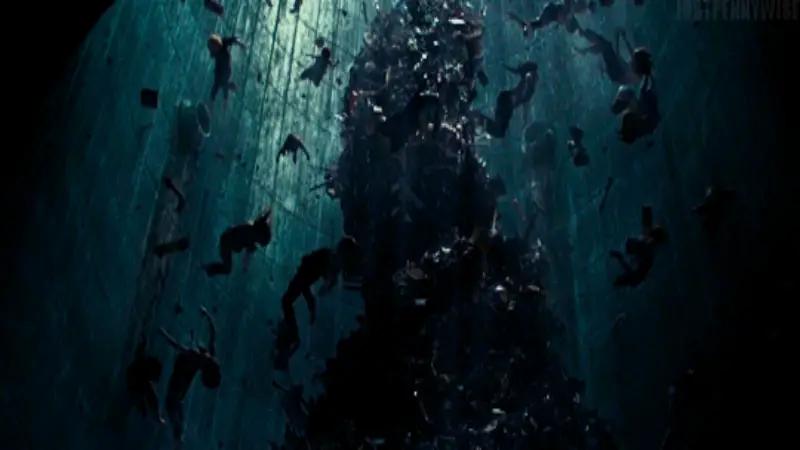
The Further in Insidious
Astral dimensions prove to be quite a scary location for those that dwell in the real world. To think that young Dalton (Ty Simpkins) has been trapped there for such a long period is a frightening concept. The audience follows alongside his father, Josh (Patrick Wilson), when he projects himself into this place called The Further. At first, the inhabitants seem potentially harmless. As Josh makes additional headway, we soon realize that these people range from the demented to the malevolent. Unfortunately, a few of these inhabitants would love to leave The Further and come back with Josh and Dalton.
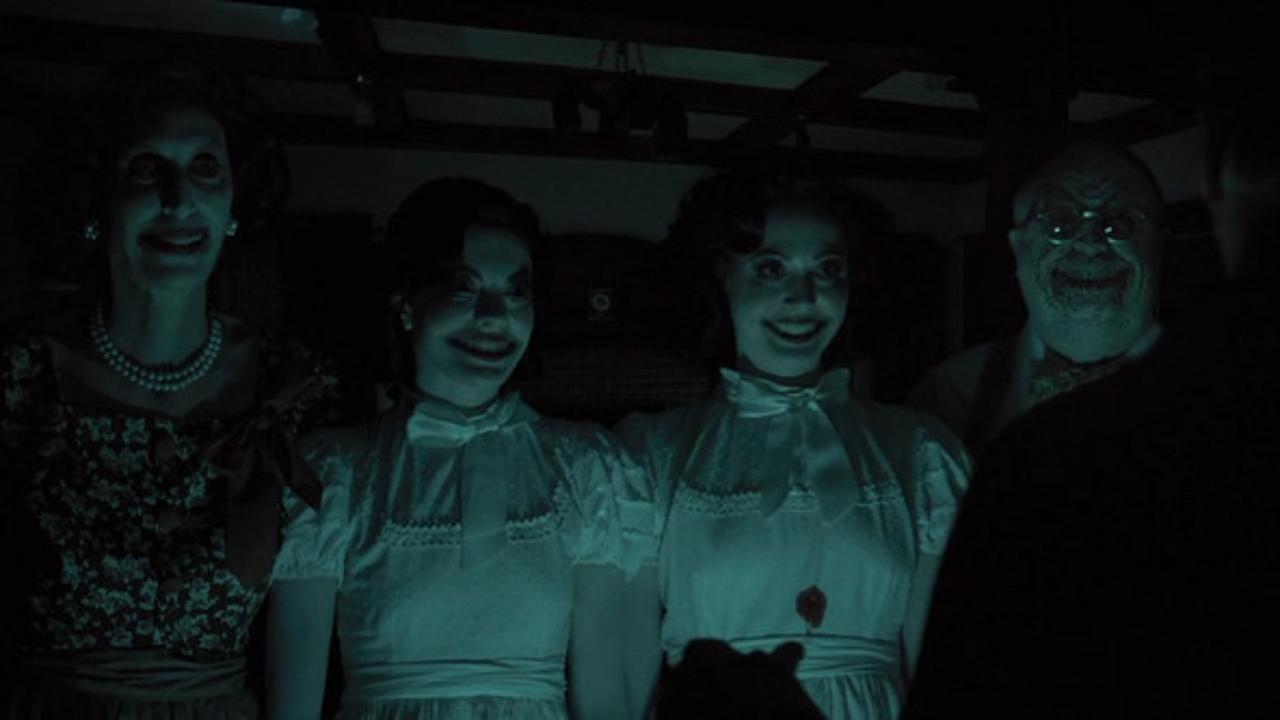
The Burkitsville Woods in The Blair Witch Project
In 1999, The Blair Witch Project demonstrated all that a filmmaker could do with the found footage technique and a limited budget. Subsequent found footage flicks have found creative ways to rationalize the use of better camera equipment. The logic of The Blair Witch Project necessitated the shaky camera work. At times, this created feelings of motion sickness. This unsteady camera work also elevated the level of fear. Everything led to a dizzying conclusion in a one of the most chilling settings in horror, the Burkitsville woods. The apparent dwelling of the Blair Witch is chilling in its appearance. Ultimately, the level of fear rises as the characters, and the audience, race as the characters become more and more lost.
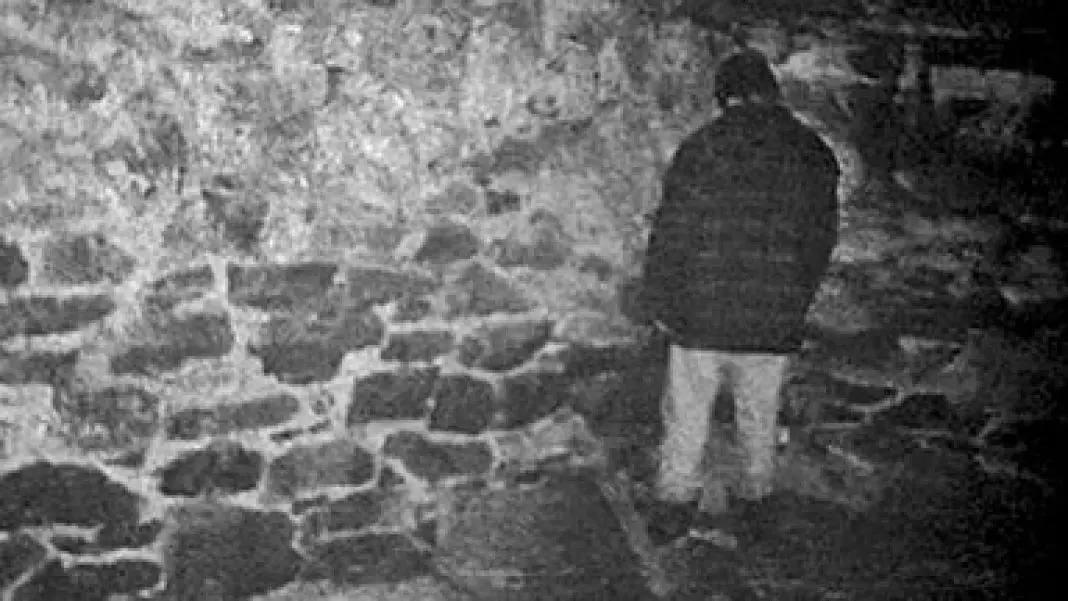
The Bates Motel and Adjacent Residence in Psycho
In 1960, Alfred Hitchcock gave audiences their first look at the house on the hill above the Bates Motel. Since then, the Second Empire Victorian has become iconic in horror history. The first slash of bloody terror occurs within the motel. Yet, the house, as seen from below the motel, is an ominous omen looking down upon the guests. Norman Bates (Anthony Perkins) lives inside and keeps company with his “mother.” The horrific images conjured from within the house and the hotel inspire filmmakers to this day. Around every corner or up every staircase, the threat of Mother’s knife is waiting. Should one dare to enter the cellar, they will find the chilling secret Norman has been keeping.
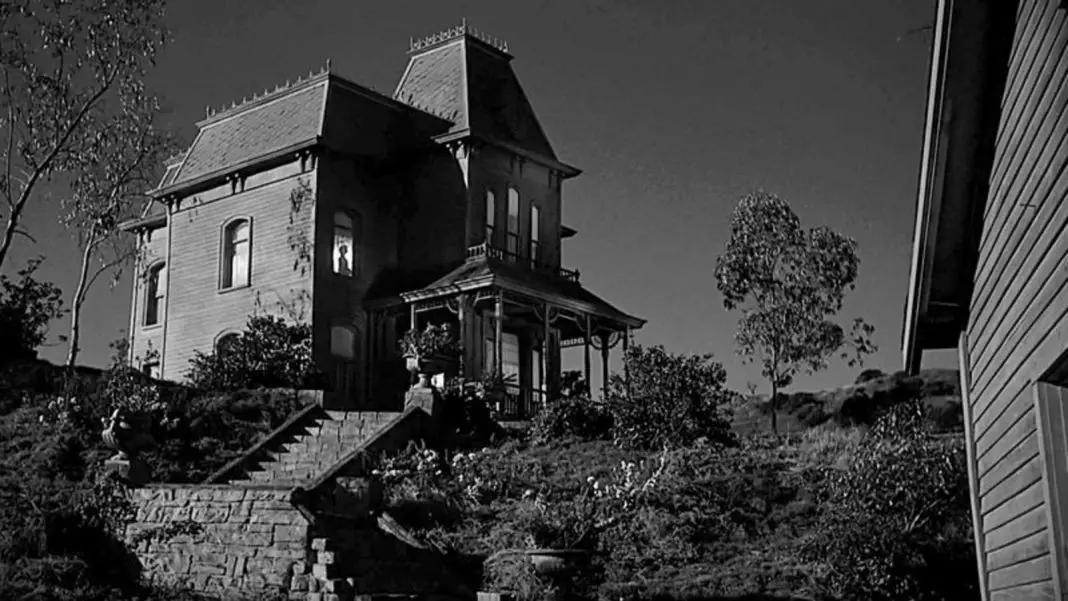
Stay up to date. Follow us on: Twitter and Facebook!
Post Views:
1,396




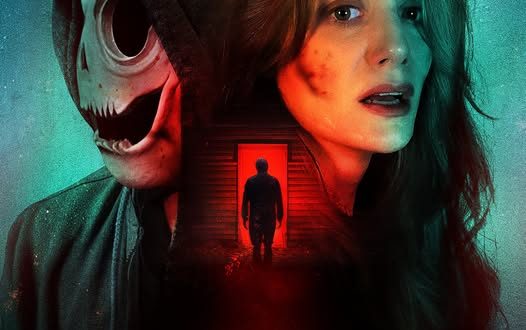

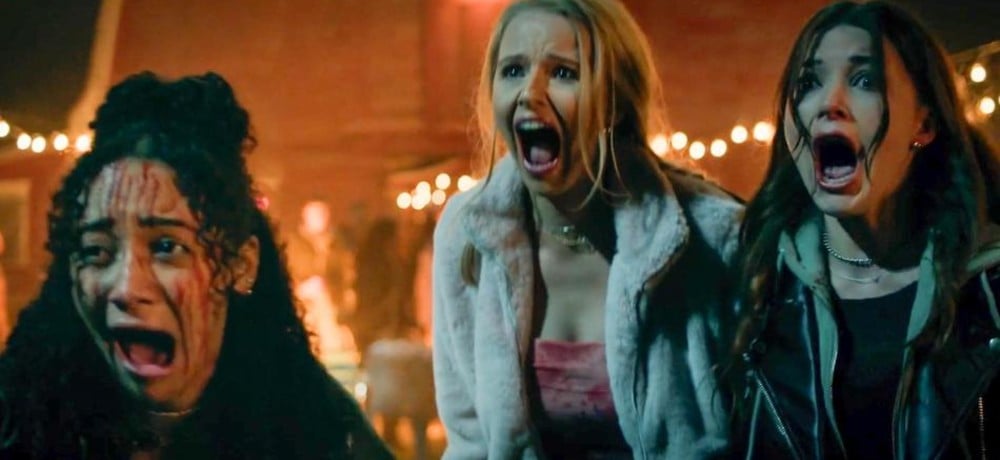
![‘Trick or Treat’ 4K offers a tight package of an era [Review] ‘Trick or Treat’ 4K offers a tight package of an era [Review]](https://www.wickedhorror.com/wp-content/uploads/2025/03/Sammy_2.jpg)


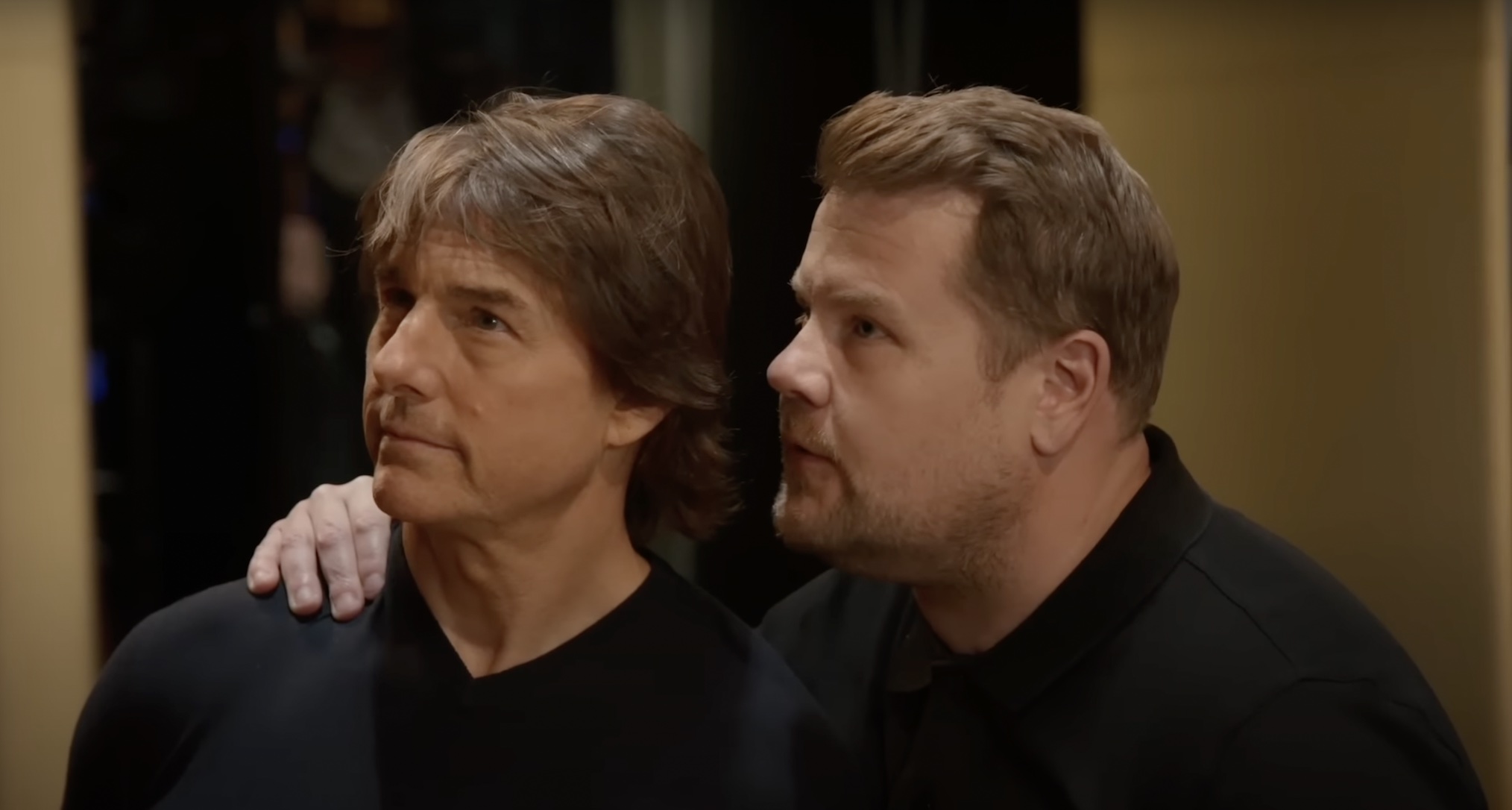










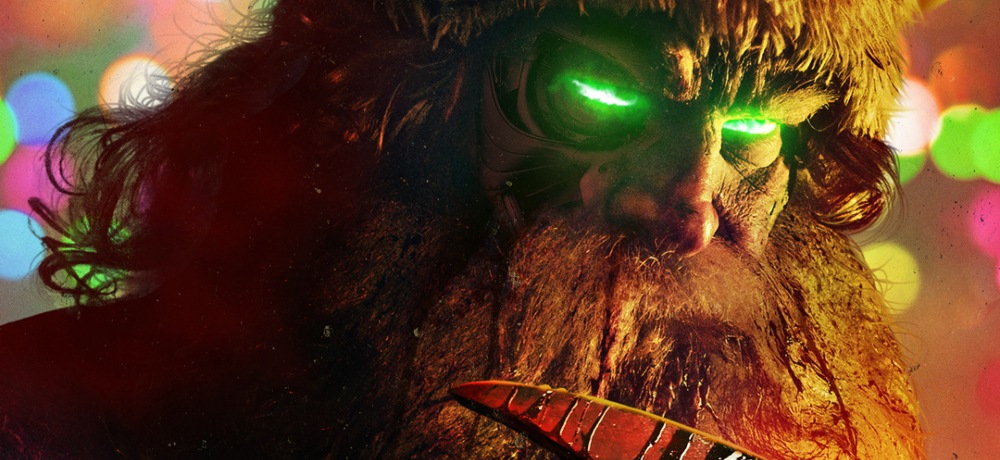

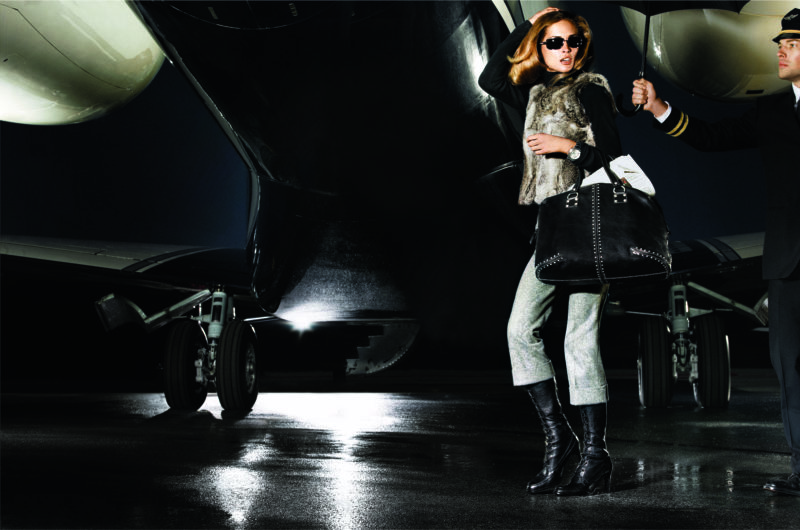


:quality(85):upscale()/2025/02/19/736/n/1922564/5fc8fdbd67b609a086f749.50658746_.png)

